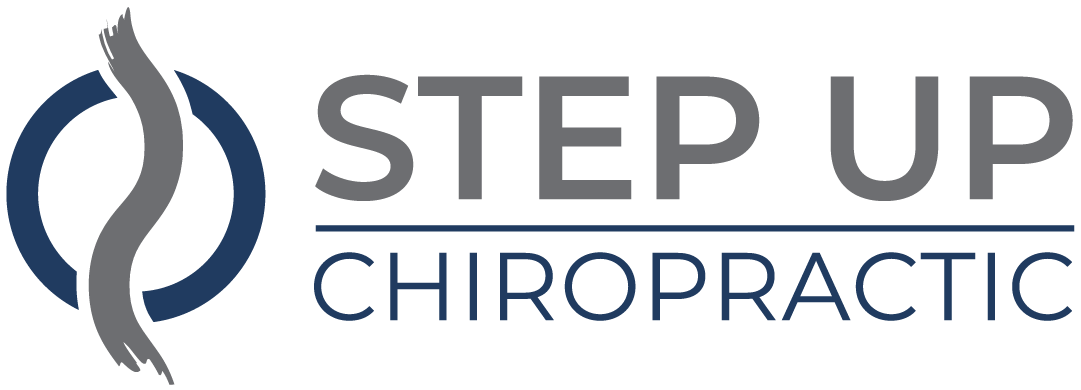When dealing with back pain, you might wonder why non-invasive options are worth considering. These treatments often come with fewer risks and allow you to engage actively in your recovery. Whether it's physical therapy, chiropractic adjustments, or acupuncture, non-invasive methods focus on addressing the root causes of your discomfort. They not only aim for pain relief but also contribute to your overall well-being. However, you may still have questions about the effectiveness of these approaches compared to more invasive procedures. What factors should you consider when making your choice?
Understanding Non-Invasive Treatments
When it comes to managing back pain, understanding non-invasive treatments can be a game changer. You don't have to resort to surgery or heavy medications right away. Non-invasive options focus on alleviating your discomfort through methods that promote healing without the need for invasive procedures.
One of the most common non-invasive treatments is physical therapy. A trained therapist can design a personalized exercise program tailored to your specific needs. These exercises may help strengthen your back, improve flexibility, and reduce pain. You'll learn techniques to maintain proper posture, which can greatly affect your overall back health.
Another effective approach is chiropractic care. Chiropractors use manual manipulation to align your spine and improve functionality. This hands-on technique can relieve pressure on nerves and help restore your body's natural movement, leading to less pain.
Additionally, you might consider acupuncture. This ancient practice involves inserting fine needles into specific points on your body to relieve pain and promote healing. Many individuals find this method effective for managing chronic back pain, as it encourages the body's natural pain-relieving mechanisms.
Lastly, don't overlook the power of lifestyle changes. Incorporating regular low-impact exercises, maintaining a healthy weight, and practicing stress management techniques can have a considerable impact on your back pain.
Benefits of Non-Invasive Options
Non-invasive options for back pain offer a range of significant benefits that can enhance your overall well-being. First and foremost, these treatments often come with fewer risks and side effects compared to surgical procedures. You won't have to worry about complications or lengthy recovery times, allowing you to maintain a more active lifestyle.
Additionally, non-invasive options can be tailored to meet your specific needs. Whether you prefer physical therapy, chiropractic care, or acupuncture, you can choose a method that aligns with your personal preferences and comfort levels. This tailored approach often leads to more effective pain management, as you're actively involved in your treatment plan.
Another benefit is the potential for long-term relief. By addressing the root cause of your back pain, non-invasive therapies can help you avoid recurring issues. You'll learn techniques and exercises that empower you to manage and prevent pain in the future, contributing to a healthier spine overall.
Moreover, engaging in non-invasive treatments can promote a holistic approach to wellness. Many of these therapies focus not just on alleviating pain but also on improving your overall physical and mental health. You'll likely find yourself feeling more relaxed, energized, and capable of handling daily activities without discomfort.
Common Non-Invasive Therapies
Exploring common non-invasive therapies can provide you with effective solutions for managing back pain. These therapies focus on alleviating discomfort without resorting to surgical procedures, making them ideal for many individuals.
One popular option is physical therapy. A trained therapist can guide you through exercises tailored to strengthen your back muscles, improve flexibility, and enhance posture. This can greatly reduce pain and prevent future issues.
You might also consider chiropractic care, where a chiropractor uses hands-on spinal manipulation to align your body's musculoskeletal structure, alleviating pain and improving function.
Acupuncture is another non-invasive therapy that's gained popularity. This ancient practice involves inserting thin needles into specific points on your body to relieve pain and promote healing. Many people report considerable improvements in their back pain after several sessions.
Massage therapy can also be beneficial. A skilled massage therapist can target tense muscles, relieve stress, and improve blood circulation, all of which contribute to pain relief.
Additionally, practices like yoga and Pilates promote strength, flexibility, and mindfulness, which can help you manage pain more effectively.
Lastly, lifestyle changes, such as maintaining a healthy weight, staying hydrated, and practicing good ergonomics, can prevent back pain from becoming a recurring issue. By incorporating these common non-invasive therapies into your routine, you can enhance your well-being and reclaim your life from back pain.
Risks of Invasive Procedures
Invasive procedures for back pain can carry significant risks that you should carefully consider. While these treatments might offer relief, they also come with potential complications that can affect your overall health and recovery.
For instance, surgeries can lead to infections, which may prolong your recovery time or even require additional procedures. You might also experience unexpected reactions to anesthesia, which can pose serious risks.
Another concern is the possibility of nerve damage. Invasive techniques often involve manipulation of the spine and surrounding tissues, and even a small error can result in numbness, weakness, or chronic pain in other areas of your body.
There's also the risk of blood clots, which can develop after surgery and lead to serious health complications if they travel to your lungs or heart.
Moreover, the effectiveness of invasive procedures isn't guaranteed. You could undergo a major surgery only to find that your back pain persists or even worsens. This can lead to additional surgeries, increasing both your physical and emotional toll.
Lastly, recovery from invasive treatments can take a considerable amount of time, during which you might be unable to engage in your regular activities. This can affect your quality of life and overall well-being.
Before opting for an invasive procedure, weigh these risks against the potential benefits, and consider exploring non-invasive options that may offer a safer, more effective path to relief.
Making the Right Choice
When faced with the decision to treat back pain, weighing the risks of invasive procedures against the benefits can be intimidating. You might feel overwhelmed by the options available, but taking a structured approach can help clarify your choices.
Start by evaluating your pain level and daily function. Is your back pain affecting your ability to work or enjoy life? If so, seeking immediate relief is essential, but it doesn't have to mean opting for surgery.
Next, consider the non-invasive alternatives. Treatments like physical therapy, chiropractic care, acupuncture, and pain management techniques can provide significant relief without the risks associated with surgery. These options often focus on strengthening your back, improving flexibility, and addressing any underlying issues contributing to your pain.
Don't forget to evaluate your personal preferences and lifestyle. Some therapies may require a time commitment or change in routine, so think about what fits best with your life. Consulting with a healthcare professional can also guide you in making an informed choice. They can help you weigh the potential benefits of non-invasive methods against the likelihood of recovery and improvement.
Ultimately, making the right choice is about balancing your pain management goals with the safest, most effective options available. Trust your instincts, gather information, and remember that you have the power to take control of your back pain journey.
Choosing non-invasive options may lead to lasting relief without the complications of invasive procedures.
Conclusion
In choosing non-invasive options for back pain, you're prioritizing your health and well-being. These treatments not only target the root causes of your discomfort but also empower you to take an active role in your recovery. By avoiding invasive procedures, you minimize risks and side effects while promoting a holistic approach to wellness. Embracing these options can lead to long-term relief, enhanced quality of life, and a more balanced physical and mental state.




